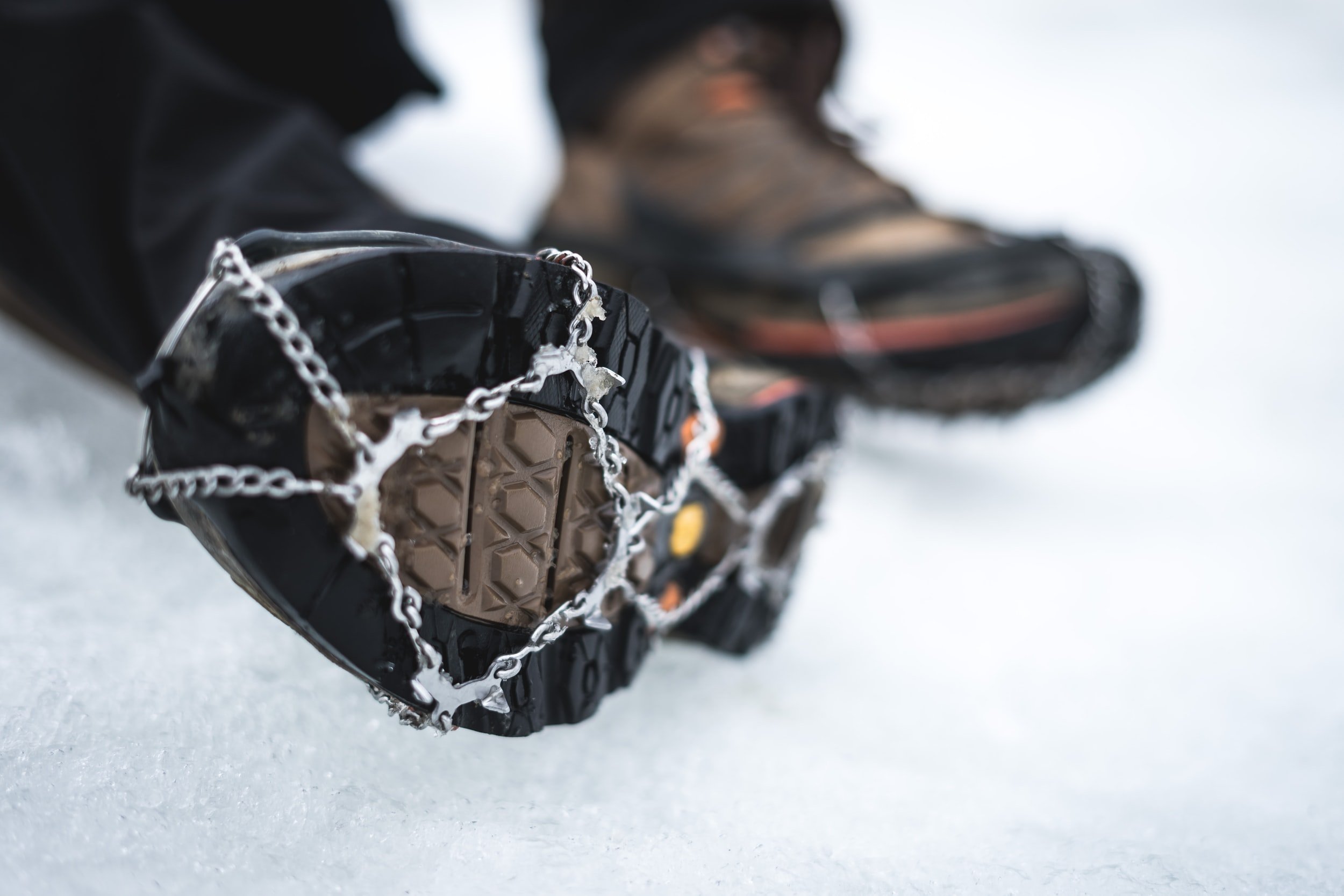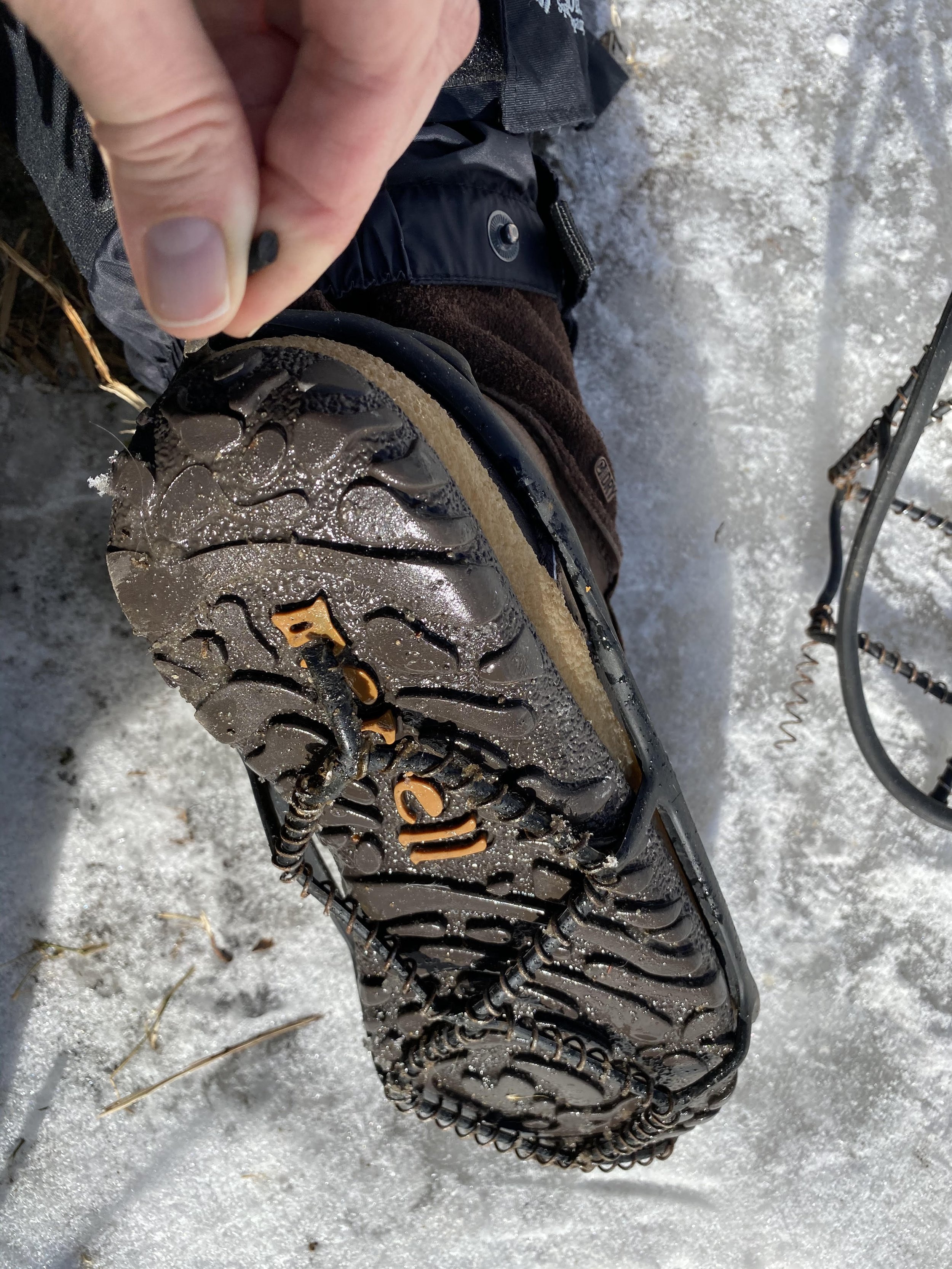Same litter, different coat colour. If you choose based on colour, you’re making a mistake. (Photo: two different coloured dogs from the same litter lie beside each other)
You’re smitten with a certain look of dog. Whether it’s the dog you grew up with that got you hooked on black and tan (those little eyebrows!!), or there’s just something about a grey dog that warms your heart, here’s how to find the right dog for you.
You’ve narrowed it down to three different breeds that all look the same to you. Should you pick the Rottweiler puppy from the breeder, the black and tan Frenchie you saw on Kijiji, or the chihuahua from the rescue?
I wish the answer were short enough for a blog post, but it’s kinda book-length.
Here’s why.
This obviously isn’t an apples to apples decision. Before examining the differences between the dogs, let’s start with the most important part of this process: YOU.
You’re unique. Your dog should compliment your life, not take over (and decide who can come near you and who can’t. (Photo: woman jumping for joy on a hiking trail)
Are you single? Do you have roommates? Life partner? Children? Other pets?
Are you active? Is your significant other? Do you like outside? Have you ever owned a dog? Have you ever owned a puppy? Have you ever worked with rescue dogs (helped one rehabilitate through separation anxiety, or aggression, or a fear of people?)
After the pandemic, will you still be working from home, or going back to work at the office? Are you a student? Are you a party animal who always goes out to the pub after work and the bars on weekends?
There’s more to consider. Way more. Like what activities would you like to do WITH your dog? If you like to hunt, look at hunting breeds. If you like to swim, look for a breed who loves water. If you think agility looks like fun, go watch a class and interview the trainer who teaches it, along with the participants. Find out if you’d REALLY like it, or it looks good on paper. Find out which breeds have fun doing this sport and which breeds shy away from it. Pick the right one.
Meet lots of dogs and decide which breeds would best suit YOUR lifestyle (Photo: dog running out of an agility tunnel)
Puppies aren’t easier, but people often start there. Crate training is a skill. Patience when you’re being used as a pin-cushion by a 9-week-old puppy with milk teeth is a super power. House training a puppy takes loads of time.
If you’ve never owned a dog, worked with dogs, or rehabilitated a rescue dog with complicated behavioural issues: read. If you go on Youtube you will be overwhelmed with videos and many of them contradict each other.
If you’re more of a hands-on learner, hire a professional dog behaviourist who can show you the ropes BEFORE you even choose which puppy or dog you are looking for.
One of my FAVOURITE inquiries I get from new clients is when they ask for help BEFORE THEY CHOOSE THEIR DOG.
Let us help you choose which type of dog, and guide you through how to pick the best puppy for you and your family out of a litter of lookalikes (Photo: five puppies in a basket)
WHY is this SO IMPORTANT? Because the majority of my clients are struggling because they adopted a dog who has WAY MORE energy than they do. Another top reason: because their new puppy or rescue dog has WAY MORE ENERGY than their current dog. It leads to all sorts of problems: barking, fighting, jumping up, biting the owners and their guests, pulling on the leash, fence-fighting, and much, much more.
Why that matters? Let’s say you adopt a rescue dog who is black and tan to suit your desire for that look. Let’s also say that you like watching movies all weekend and also after work to unwind. You THINK that the rescue dog you’re adopting is calm (because it said she was on the rescue’s website.) You also think she’s seven years old and not very active.
And then you bring her home.
For the first week, she seems pretty calm. The second week she’s a bit more zany. By week three she’s eaten three couch cushions, two shoes, and a partridge in a pear tree (okay, it was a robin, whatever.)
Ask yourself: How can I fulfill the dog I bring home? (Photo: a whippet leaping over a log)
Your dog knowledgeable friend comes over (the one you trust.) She takes one look at your dog and says, “Wow! A whippet mix.”
The website said she was a Rottweiler mix (because of her eyebrows.) There’s nothing Rottweiler about her, because she’s a whippet mix.
You thought she just had a perpetual case of the zoomies.
“No,” says your friend. “Whippets are fast! They’re the Welsh version of the greyhound.”
You: “$h*t! I wanted a couch potato. The rescue SAID she was a couch potato!”
Your friend: “Let’s take her rollerblading!”
You: “I hate rollerblading.”
Your friend: “Then why did you pick a whippet mix?”
When you choose a dog without asking a LOT more questions than what’s on the rescue website, you can end up with a dog who has way more energy than you bargained for.
Say it with me: Just because you see eyebrows does NOT mean you have a Rottweiler mix (Photo: cattle dog mix)
Now that you know you have a whippet mix, read everything you can about them. Learn about lure courses, learn how to teach her to run beside your bicycle, teach her to jog beside you. Dig in. The more you know about her breed mix, the more you can fulfill her needs.
The more you fulfill HER needs, the less things she will destroy in your house, the more tired she will be (when you teach her about crate training,) and the less she will bark at the window.
It’s not just about having a tired dog, it’s about having a fulfilled dog.
Schedule private in-home sessions with us to learn which breeds and breed mixes would be the right fit for your lifestyle.
You do not have to have your dog yet to work with us. We would be DELIGHTED to help you choose the right dog in the first place.
By selecting the right dog, you’ll save money in the long run. You won’t have to buy three couches, two new remote controls, or pay for daily doggy daycare to drain the energy out of your hyperactive dog.
Get the right dog.
Get your dream dog.
We’re excited to help you on this journey!
Alyssa
Photos by: @alvannee (Corgi running with a Yorkshire terrier,) @erikhathaway (two different coloured dogs from the same litter lie beside each other,) @mertguller (woman jumping for joy on a hiking trail,) @roaming_angel (dog running out of an agility tunnel,) @jneumeyer (puppies in a basket,) @mitchorr (a whippet leaping over a log,) @fabiotovarval (cattle dog mix)
Posted December, 2020. Edited March, 2022.




















































